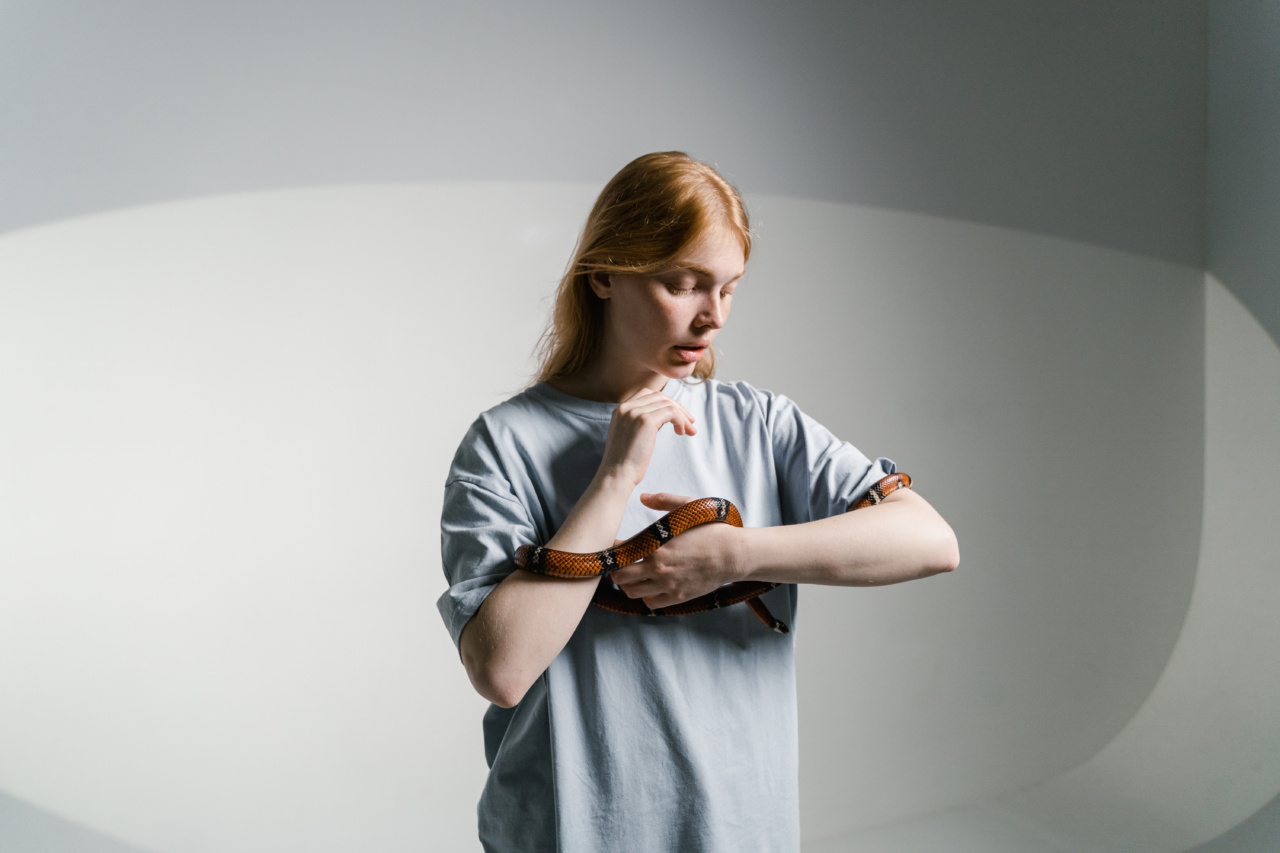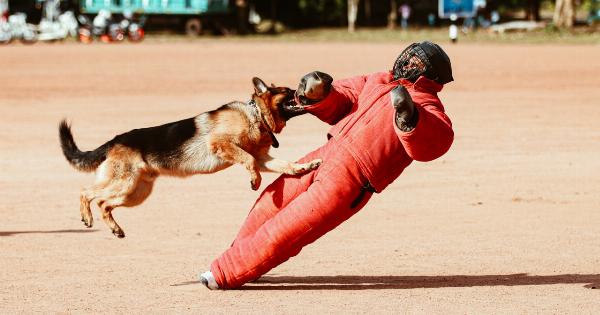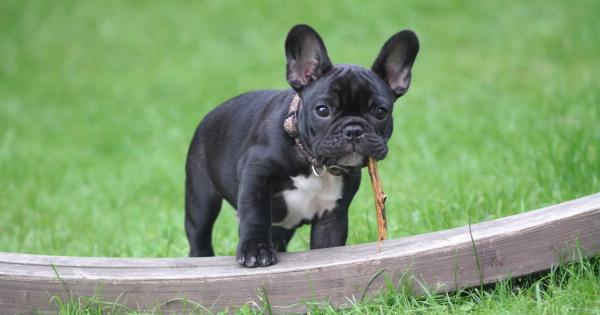Fear and phobias are common in dogs and can significantly impact their quality of life. However, as a responsible pet owner, you have the power to help your furry friend overcome their fears and break the cycle of anxiety.
This guide will provide you with valuable insights, techniques, and tips to effectively combat your dog’s phobias and help them live a happier, more relaxed life.
Understanding Fear in Dogs
Before delving into the process of overcoming your dog’s phobias, it’s essential to understand fear itself. Fear is a natural instinct that helps animals survive in the face of perceived threats.
However, when fear becomes excessive or irrational, it can escalate into a phobia.
Identifying Phobias in Dogs
Recognizing phobias in dogs can be challenging, as they may exhibit a wide range of behaviors. Some common signs of a phobia include trembling, excessive panting, hiding, pacing, and destructive behaviors.
Careful observation of your dog’s reactions in various situations can help you identify their specific fears.
Consulting a Professional
While this guide can assist you in helping your dog overcome their phobias, it’s crucial to consult a professional if you’re unsure or if your pet’s fears are severely impacting their well-being.
Veterinarians, animal behaviorists, and certified trainers can provide expert guidance tailored to your dog’s specific needs.
Gradual Desensitization
One of the most effective techniques for overcoming phobias in dogs is gradual desensitization. This involves exposing your pet to their fear-inducing stimulus in a controlled and incremental manner, allowing them to gradually overcome their fears.
Creating a Positive Association
Pairing the fear-inducing stimulus with something your dog loves can help create a positive association and reduce their fear response.
For example, if your dog is afraid of thunderstorms, you can give them treats or play their favorite game whenever a storm approaches.
Counter-Conditioning
Counter-conditioning is a technique that focuses on replacing fearful reactions with positive ones. By introducing a reward-based system whenever your dog encounters their phobia, you can help them develop new, more positive responses.
Implementing Behavior Modification
In some cases, behavior modification techniques may be necessary to address deep-rooted fears or phobias. These techniques can include desensitization exercises, teaching alternative behaviors, and using calming aids such as pheromone diffusers.
Patience and Consistency
Overcoming a dog’s phobias requires patience and consistency. It’s important to remember that progress may be gradual, and setbacks are normal.
Stay committed to the process and provide your dog with constant support and reassurance throughout their journey towards overcoming their fears.
Creating a Safe Environment
Creating a safe and secure environment for your dog is crucial when helping them overcome phobias.
Provide them with a quiet space where they can retreat when feeling anxious and ensure they have access to familiar items, such as their bed or toys, that provide comfort and security.
Seeking Professional Help
If your efforts to overcome your dog’s phobias are not yielding the desired results, seeking professional help becomes even more essential.
Professionals can offer insight into alternative techniques, medications, or therapies that may be suitable for your dog’s specific phobias.
Conclusion
Helping your dog break the cycle of fear and overcome their phobias is a journey that requires patience, understanding, and commitment.
By utilizing the techniques and strategies outlined in this guide, you can provide your dog with the support they need to lead a happier, more fearless life.






























